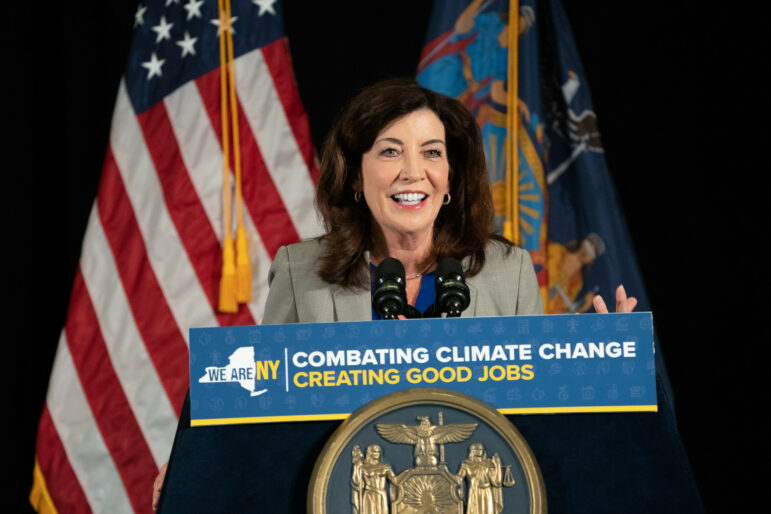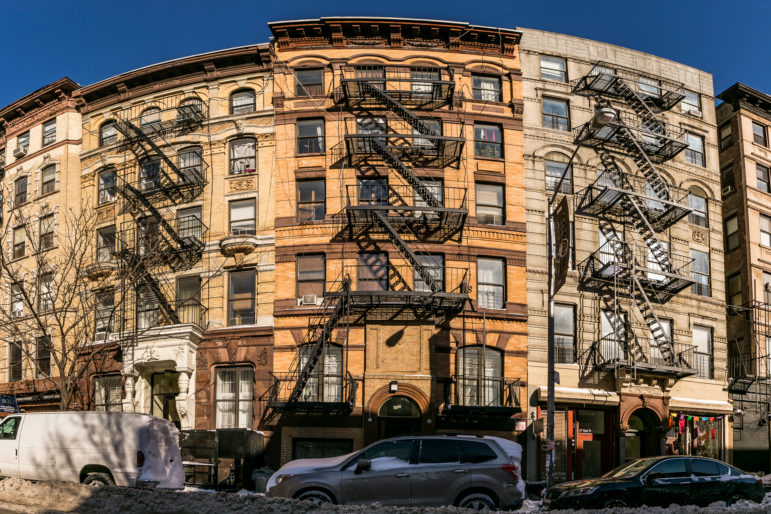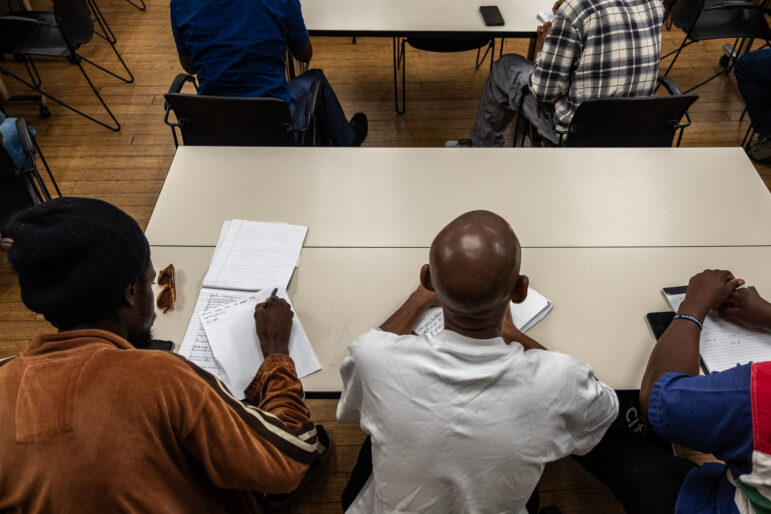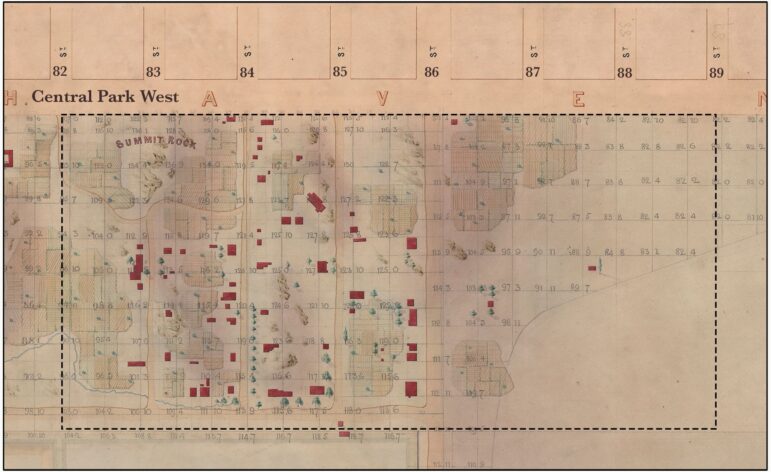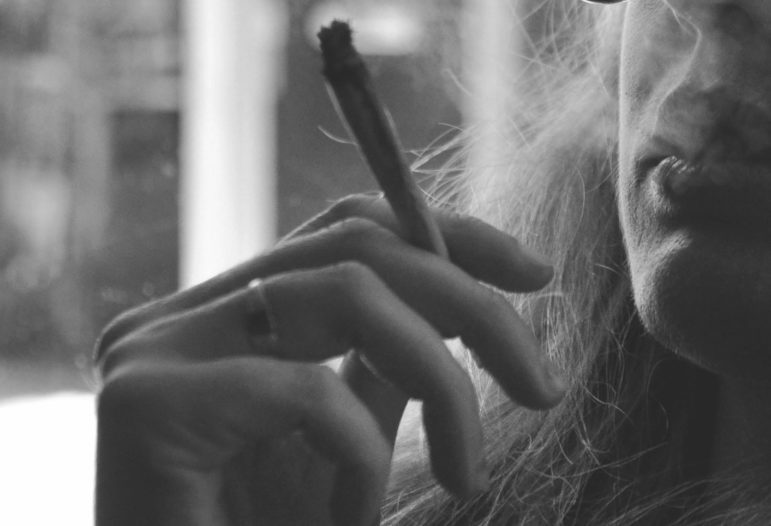
iDJ Photography
Research indicates that whites and blacks use marijuana at roughly equal rates. So why do arrests for pot-related crimes in New York City show such a profound racial skew?
Although Mayor de Blasio and NYPD Commissioner O’Neill are on-board with the effort to close Rikers, both figures have resisted the Lippman Commission’s call to end arrests for low-level marijuana possession and turnstile jumping in order to downsize the city’s jail population.
On the surface, the administration’s rationale for continuing each type of arrests appears to be different. But in reality, the two patterns share a common theme.
Marijuana enforcement is presented as a prime exhibit of community policing, in which the NYPD is simply responding to local complaints. By contrast, the NYPD presents fare evasion as a textbook example of “broken windows” policing, whereby permitting small infractions fosters a larger climate of disorder.
When questioned recently about the uneven geographic patterns of arrest for low-level marijuana possession, NYPD spokesman J. Peter Donald stated, “The enforcement we take mirrors almost identically where we receive complaints. So if we weren’t taking enforcement action where we are getting a 311 call from someone in Brownsville about drug dealing in the corner, or where we had received an issue at a community board meeting, we wouldn’t be doing our job.”
The numbers don’t exactly sustain Donald’s contention. From July 1-December 31, 2017, there were 162 arrests for low-level marijuana possession in Brownsville’s 73rd Precinct. During that same period, there were 11 complaints to 311 about “drug activity” in the Brownsville Community Board district. What we don’t know is how many of the 311 calls came from the same people.
However, Community Board minutes from Brownsville during the entirety of 2017 show only one mention of the issue. In June, “Dr. Cleopatra Brown stated there is a need for increased police presence near and in Betsy Head Park. In the bleacher area, there are often young people hanging out and smoking marijuana as early as 8:00 a.m.” Why this situation would require arrests is not clear.
The area of Brooklyn with the highest number of 311 complaints regarding “drug activity” during the last half of 2017 was Williamsburg/Greenpoint. There were 25 complaints, and the two police precincts in the area made a combined 62 low-level weed arrests during the period. Meanwhile, in Canarsie there were 24 similar complaints but more than 150 collars.
The discrepancies suggest that the NYPD decides whether to treat any expression of community concern about marijuana use as license to make arrests. Meanwhile, young men of color make up about 90 percent of weed arrests—and a roughly similar pattern plays out in fare evasion busts.
At a recent press conference during which de Blasio and O’Neill criticized Manhattan District Attorney Cy Vance’s pledge to end prosecution for many fare evasion arrests, NYPD officials highlighted an uptick in subway robberies in order to reinforce the broken windows message. As seen during the end of the stop-and-frisk era, panic about a return the “bad old days” surfaces whenever longstanding NYPD practices are challenged.
Regardless of whether justified via broken windows or community policing, the NYPD views its prerogative to make arrests for low-level infractions as sacrosanct. The department’s reputation in many ways depends on such enforcement. But until such racially-biased practices are changed, Rikers may never close.
Theodore Hamm is chair of journalism and new media studies at St. Joseph’s College in Clinton Hill, Brooklyn. He was a co-founder of The Brooklyn Rail, and editor from 2000-2013.


